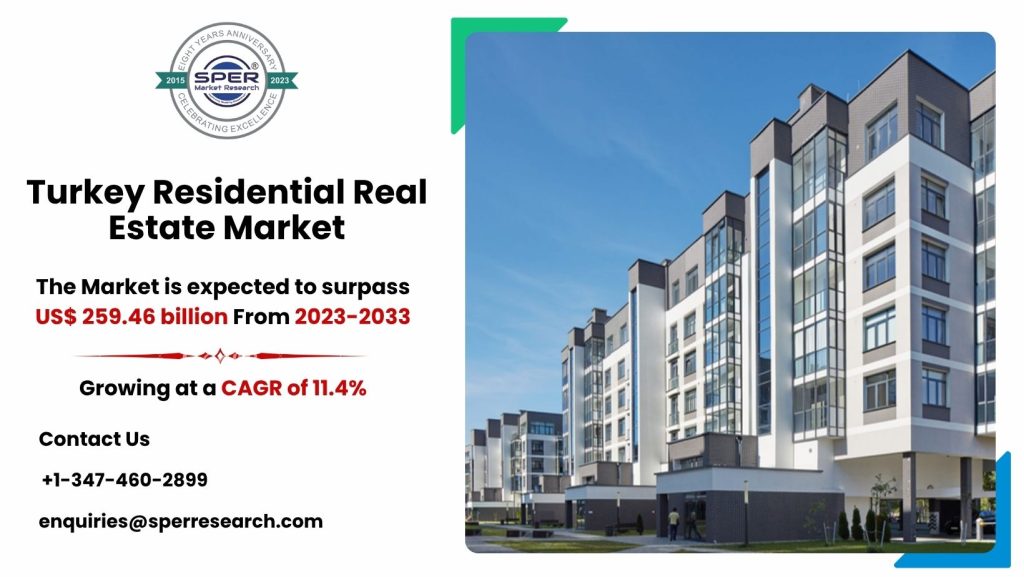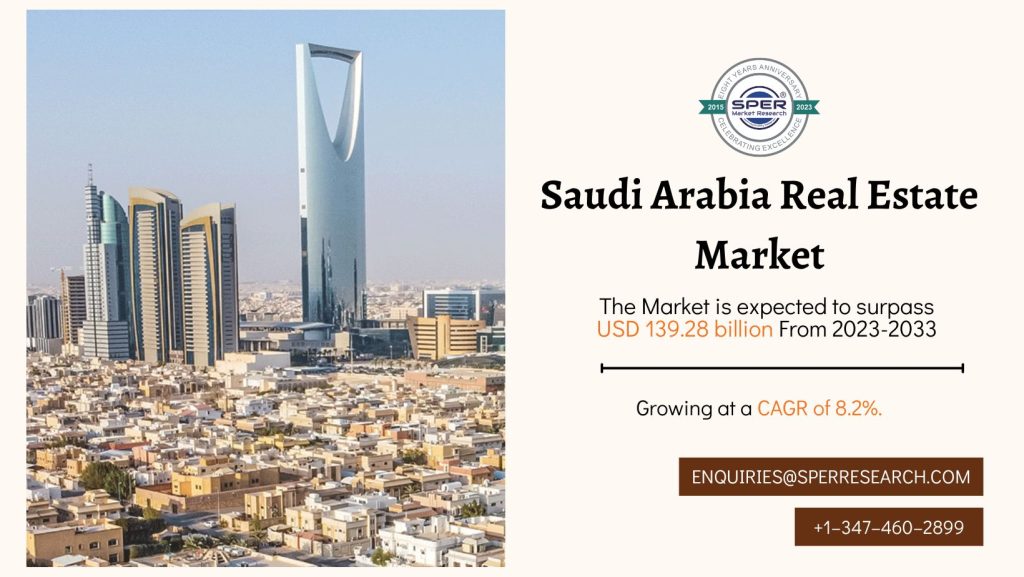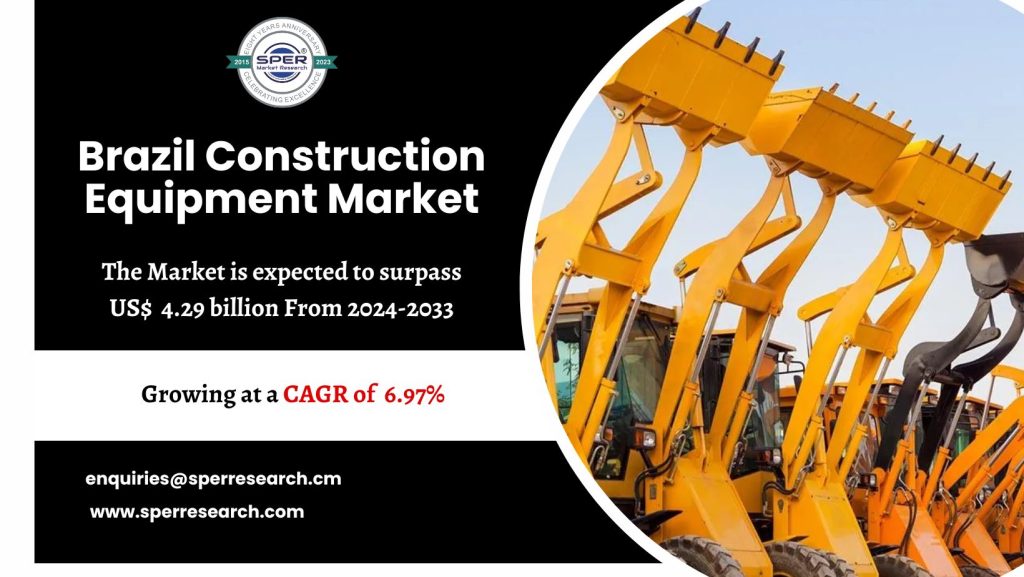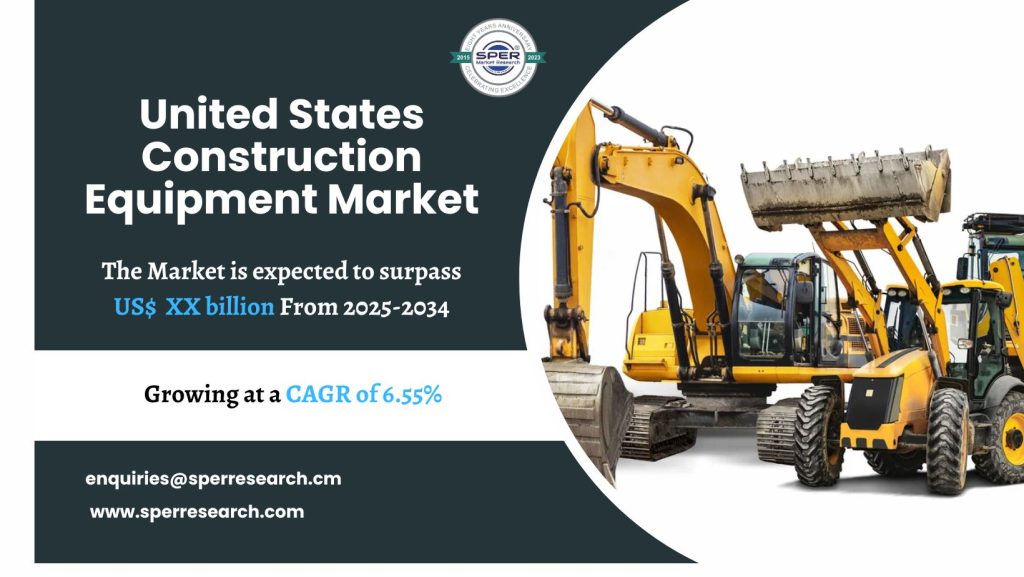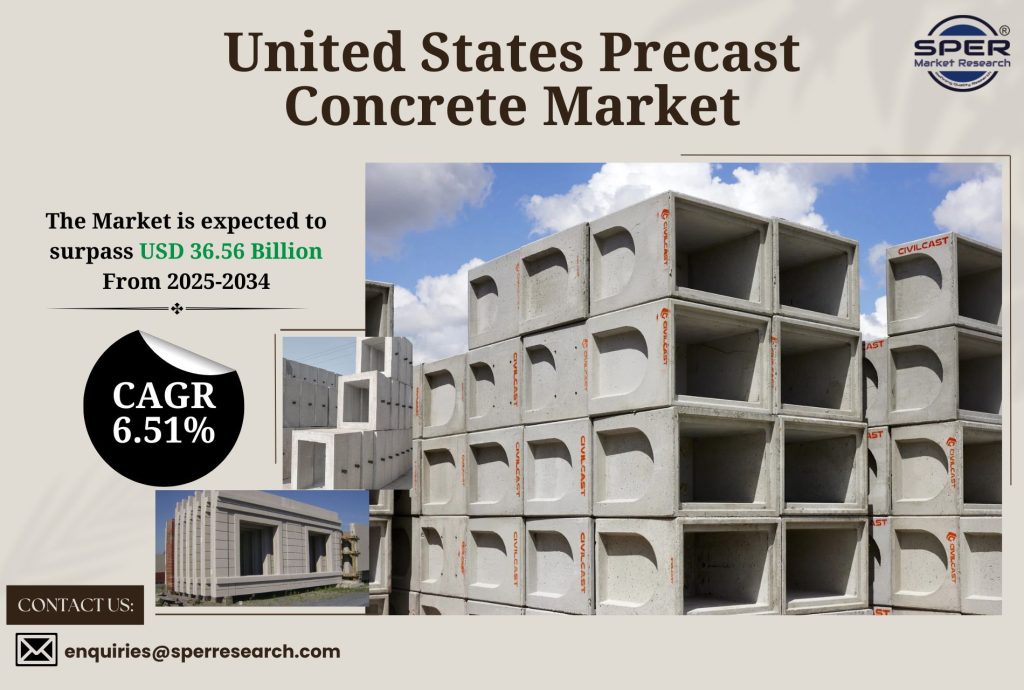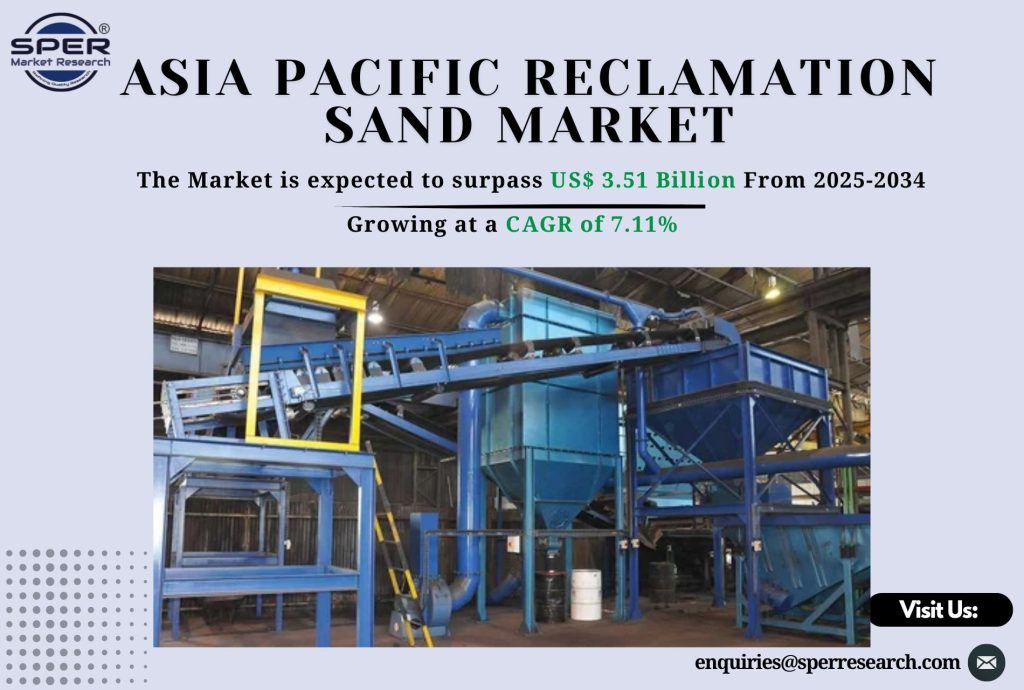Construction is the process of building infrastructure, including residential, commercial, and industrial structures. It involves planning, designing, financing, and executing projects to create buildings, roads, bridges, and other facilities that support daily life and economic activities. The construction industry plays a vital role in driving economic growth by providing employment, improving infrastructure, and enabling urban development. Advances in technology, sustainable building practices, and innovative materials are transforming the sector, making construction more efficient, safe, and environmentally friendly.
According to SPER Market Research, ‘Singapore Construction Market Growth, Size, Trends Analysis- By Sector – Regional Outlook, Competitive Strategies and Segment Forecast to 2033’ the Singapore Construction Market is estimated to reach USD XX billion by 2033 with a CAGR of 4.3%.
Drivers:
The Singapore construction market is driven by robust government investments in infrastructure projects, including urban redevelopment, transportation networks, and public housing. Growing demand for sustainable and smart buildings is encouraging innovation and adoption of green construction technologies. Additionally, Singapore’s strategic location as a global business hub attracts multinational corporations, boosting commercial construction activities. The government’s focus on enhancing connectivity through initiatives like the Singapore Green Plan and expanding public transit also fuels demand in the construction sector. These factors collectively support steady market growth.
Request a Free Sample Report: https://www.sperresearch.com/report-store/singapore-construction-market.aspx?sample=1
Restraints:
The Singapore construction market faces challenges including rising labor costs and a shortage of skilled workers, which can delay project timelines and increase expenses. Strict regulatory requirements and stringent safety standards, while necessary, add complexity and cost to construction processes. Additionally, fluctuations in raw material prices and supply chain disruptions can impact project budgets and schedules. Environmental concerns and land scarcity further limit expansion opportunities, posing constraints on the overall growth potential of the construction industry in Singapore.
Singapore city dominates the construction market due to its role as the country’s financial and commercial hub, driving continuous demand for infrastructure, commercial, and residential projects. Some key players are- Arup Group Ltd, China Communications Construction Group Ltd, Chip Eng Seng Corporation Ltd, DP Architects Pte Ltd, Hassell Studios, Hock Lian Seng Infrastructure Pte Ltd, KCAP Architects & Planners, Kwang Sing Engineering Pte Ltd, Lowe Enterprises Inc., Penta-Ocean Construction Co Ltd, Samsung Group, Shanghai Urban Construction (Group) Corp., Temasek Holdings (Private) Ltd, Toda Corp, Tritech Consultants, Wai Fong Construction Pte Ltd, Woh Hup Pvt Ltd, Others
For More Information, refer to below link: –
Singapore Construction Market Outlook
Related Reports:
Philippines Building System Components Market
Vietnam Prefabricated Buildings Market
Follow Us –
LinkedIn | Instagram | Facebook | Twitter
Contact Us:
Sara Lopes, Business Consultant — USA
SPER Market Research
enquiries@sperresearch.com
+1–347–460–2899

